
About Powlink




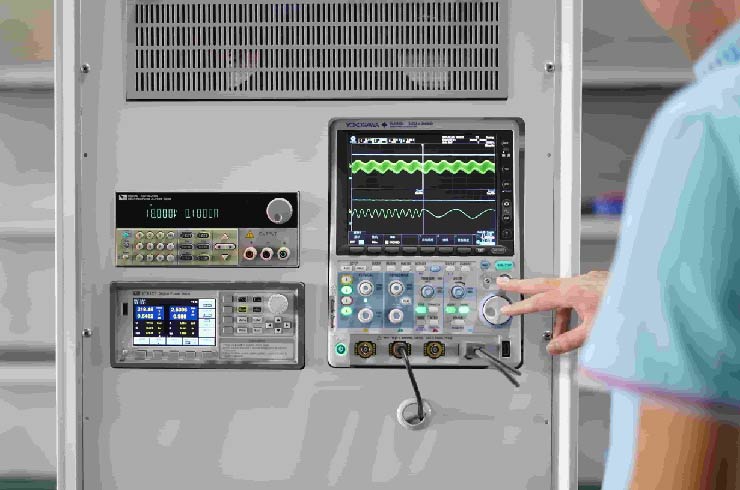

Specialized in Producing various of ceramic Christmas decoration crafts. Customized accepted.
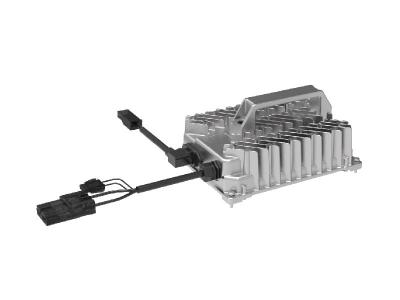
PLK350, the 24V/15A model is developed as an industrial-grade charger with outstanding performance on flexibility, reliability, efficiency and after-service. With sealed aluminum die cast design, it can prevent water,dust, shocking and impact. Especially excellent for your cleaning machines. Besides, it's available for charging various types of batteries including WET, AGM, GEL and Li-ion and you can switch to required charging curve in our integration APP.
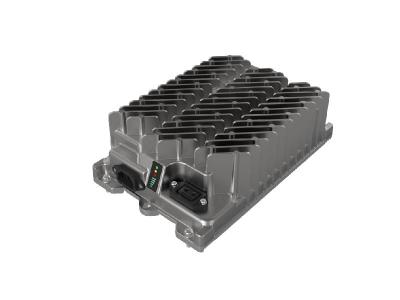
PLK650, the 24V/27A model is developed as an industrial-grade charger with outstanding performance on flexibility, reliability, efficiency and after-service. With a sealed aluminum die-cast design, it can prevent water, dust, shock and impact. Especially excellent for your cleaning machines such as auto floor scrubber machines, floor sweeper machines and other commercial cleaning equipment. Besides, it's available for charging various types of batteries including WET, AGM, GEL and Li-ion and you can switch to the required charging curve in our integration APP. To manage the battery, you can also check the device info, charging status, warning and fault info and key historical charging data in our digital system.
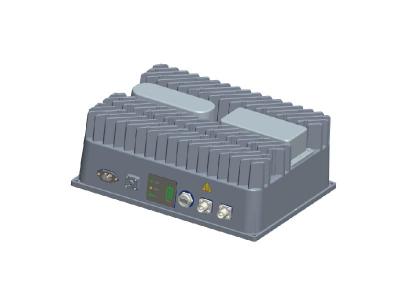
This bidirectional charger enables onboard charging from AC to DC power and mobile power supply from DC to AC simultaneously on the same device with a compact, durable and integrated design. This design not only expands the function of the original cleaning equipment, warehousing logistics and other electric equipment, but also expands business opportunities and improves energy efficiency.
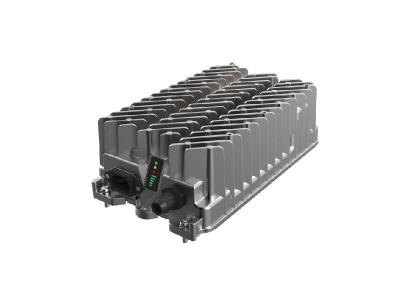
PLK380, the 24V/20A model is developed as an industrial-grade charger with outstanding performance on flexibility, reliability, efficiency and after-service. With a sealed aluminum die-cast design, it can prevent water, dust, shock and impact. Especially excellent for your cleaning machines such as auto floor scrubber machines, floor sweeper machines and other commercial cleaning equipment. Besides, it's available for charging various types of batteries including WET, AGM, GEL and Li-ion and you can switch to the required charging curve in our integration APP. To manage the battery, you can also check the device info, charging status, warning and fault info and key historical charging data in our digital system.

Since its establishment, Powlink has aimed at winning markets with advanced high-tech and reliable top-quality products. Every product from Powlink will be strictly tested and manufactured with our quality management system.

Product Design As the core stage to start to develop a new product, we will learn about the challenges and purpose of the target market. The versatility, stability, safety and flexibility are the necessary factors we pay attention to. Besides, with the advanced digital tech, we always try to integrate them with our R&D work to simplify our product operation and maintenance.

For a battery charger, a schematic would include components such as the power source, charging IC, capacitors, resistors, diodes, and connectors. It would show how these components are connected to regulate the charging process, protect against overcharging, and ensure the safety and longevity of the battery. By having a detailed schematic, our developers can ensure that the charger operates efficiently and safely under various conditions. In summary, it provides a clear, organized, and detailed blueprint of the circuit. This facilitates design, testing, communication, and future maintenance, ensuring that the final product is functional, efficient, and safe.

Welcome to Powlink! In our journey to develop cutting-edge battery chargers, one of the critical steps we undertake is the PCB layout design. This process ensures that our chargers are not only efficient but also reliable and safe. Why PCB Layout is Crucial PCB (Printed Circuit Board) layout is an essential step in the development of any electronic device, including battery chargers. Here’s why it’s important: Component Placement: Ensures optimal placement of components for performance and efficiency. Signal Integrity: Minimizes noise and interference for reliable operation. Thermal Management: Helps manage heat dissipation to prevent overheating. Mechanical Stability: Ensures the physical stability and durability of the device. Manufacturability: Makes the design easy to manufacture and assemble. Our PCB Layout Process At Powlink, we follow a meticulous PCB layout process using advanced software tools. Here’s a glimpse into our workflow: Schematic Capture: Translating the circuit design into a schematic. Ensuring all components and connections are correctly represented. Component Placement: Strategically placing components on the PCB to optimize performance and space utilization. Considering factors like signal paths, power distribution, and thermal management. Routing: Creating electrical connections (traces) between components. Ensuring signal integrity and minimizing electromagnetic interference (EMI). Design Rule Check (DRC): Verifying that the design meets all electrical and manufacturing constraints. Checking for errors such as short circuits, open circuits, and spacing violations. Thermal Analysis: Assessing heat distribution and implementing thermal management solutions. Ensuring the charger operates safely under various conditions. Prototyping and Testing: Producing prototype PCBs for initial testing. Iterating on the design based on test results to ensure optimal performance. Benefits of Our PCB Layout Approach Enhanced Performance: Optimized component placement and routing for superior performance. Reliability: Robust designs that stand the test of time and usage conditions. Efficiency: Efficient power management for longer battery life and faster charging. Safety: Adherence to safety standards to protect users and devices. Conclusion At Powlink, we are committed to excellence in every step of our battery charger development process. Our meticulous PCB layout design ensures that you receive a product that is not only high-performing but also reliable and safe. Explore our products to experience the Powlink difference.

At Powlink, our commitment to delivering top-tier battery chargers is reflected in our rigorous Sample & Debugging phase. This critical step ensures that our products meet the highest standards of performance, reliability, and safety before they reach your hands. The Importance of Sample & Debugging Sample & Debugging is a crucial phase in our development process. Here’s why it matters: Quality Assurance: Verifies that the product performs as intended under various conditions. Error Detection: Identifies and corrects any design or manufacturing defects. Optimization: Fine-tunes the product for optimal performance and efficiency. Reliability Testing: Ensures the product can withstand real-world usage scenarios. Our Sample & Debugging Process At Powlink, we follow a thorough and systematic approach to Sample & Debugging. Here’s an overview of our process: Prototype Creation: Developing initial samples based on the finalized PCB layout and design specifications. Using high-quality materials and components to match the production version. Initial Testing: Conducting preliminary tests to assess basic functionality and performance. Identifying any immediate issues or deviations from the design expectations. Detailed Debugging: Using advanced diagnostic tools and techniques to detect and analyze problems. Addressing issues related to hardware, software, and firmware. Performance Optimization: Adjusting component values, firmware parameters, and other settings for peak performance. Ensuring efficient power management and thermal regulation. Reliability and Stress Testing: Subjecting the charger to extreme conditions to test its durability and reliability. Conducting long-term usage simulations to ensure consistent performance over time. User Experience Evaluation: Gathering feedback from real-world users to identify usability issues. Making improvements based on user experience and feedback. Final Validation: Performing a comprehensive set of tests to ensure all issues have been resolved. Validating that the charger meets all regulatory and safety standards. Benefits of Our Sample & Debugging Process Enhanced Reliability: Ensures that our chargers perform reliably in all conditions. Optimal Performance: Fine-tunes the product for the best possible performance. User Satisfaction: Improves the overall user experience by addressing potential issues. Safety Assurance: Confirms that the charger meets all safety regulations and standards. Conclusion At Powlink, the Sample & Debugging phase is more than just a step in our development process—it’s a testament to our dedication to quality and excellence. By rigorously testing and refining our battery chargers, we ensure that you receive a product that exceeds your expectations in every way. Discover the Powlink difference today.

Our CNC Sample & Debugging Process At Powlink, we follow a meticulous CNC Sample & Debugging process to ensure the highest quality. Here’s an overview: CNC Machining of Prototypes: Utilizing advanced CNC machines to create precise prototypes based on design specifications. Ensuring high accuracy and consistency in component manufacturing. Initial Assembly and Testing: Assembling the machined components to form a complete prototype. Conducting initial tests to assess basic functionality and fit. Detailed Debugging: Using sophisticated diagnostic tools to identify and resolve any issues in the prototype. Addressing problems related to component alignment, assembly tolerances, and overall functionality. Performance Evaluation: Testing the prototype under various conditions to evaluate performance. Making necessary adjustments to enhance efficiency and reliability. Stress and Durability Testing: Subjecting the prototype to rigorous stress tests to ensure durability. Evaluating long-term performance through accelerated life testing. User Feedback and Iteration: Gathering feedback from initial users to identify potential improvements. Iterating on the design based on real-world usage and feedback. Final Validation: Performing comprehensive tests to ensure the prototype meets all specifications and standards. Validating that the final design is ready for mass production. Benefits of Our CNC Sample & Debugging Process Unmatched Precision: Ensures every component is manufactured to the highest standards. Enhanced Performance: Optimizes the product for superior functionality and efficiency. Increased Reliability: Guarantees the charger can withstand various conditions and long-term use. User Satisfaction: Improves the overall user experience by addressing potential issues early. Conclusion At Powlink, the CNC Sample & Debugging phase is integral to our commitment to delivering exceptional battery chargers. Through precise manufacturing and rigorous testing, we ensure that our products not only meet but exceed your expectations. Discover the difference of Powlink’s dedication to quality and innovation.

Our Mould Making Process At Powlink, we follow a detailed Mould Making process to ensure the highest standards. Here’s an overview of our approach: Design and Engineering: Collaborating with our design and engineering teams to create detailed mould designs. Utilizing advanced CAD software to design moulds that meet precise specifications. Material Selection: Choosing high-quality materials for mould making to ensure durability and precision. Considering factors such as strength, heat resistance, and longevity. CNC Machining: Using state-of-the-art CNC machines to manufacture moulds with high accuracy. Ensuring that every detail of the design is replicated perfectly in the mould. Mould Testing and Adjustment: Conducting initial tests to check the mould's performance and accuracy. Making any necessary adjustments to achieve perfect results. Sample Production: Producing sample casings using the new moulds to evaluate their quality and fit. Conducting thorough inspections to ensure each sample meets our standards. Mass Production: Once approved, using the moulds for mass production of charger casings. Ensuring consistent quality and precision in every unit produced. Quality Control: Performing rigorous quality control checks throughout the production process. Ensuring that each casing meets our strict standards for durability and aesthetics. Benefits of Our Mould Making Process High Precision: Guarantees that each charger casing is manufactured to exact specifications. Enhanced Durability: Provides robust protection for internal components. Consistent Quality: Ensures every unit is of the same high quality. Aesthetic Excellence: Delivers a sleek, professional look and feel for our chargers. Efficient Production: Enables cost-effective mass production with minimal waste. Conclusion At Powlink, the Mould Making process is a testament to our dedication to precision and quality. By investing in advanced mould making techniques and rigorous testing, we ensure that every battery charger we produce not only performs excellently but also looks and feels exceptional. Explore our range of meticulously crafted battery chargers and experience the Powlink difference.

Latest News